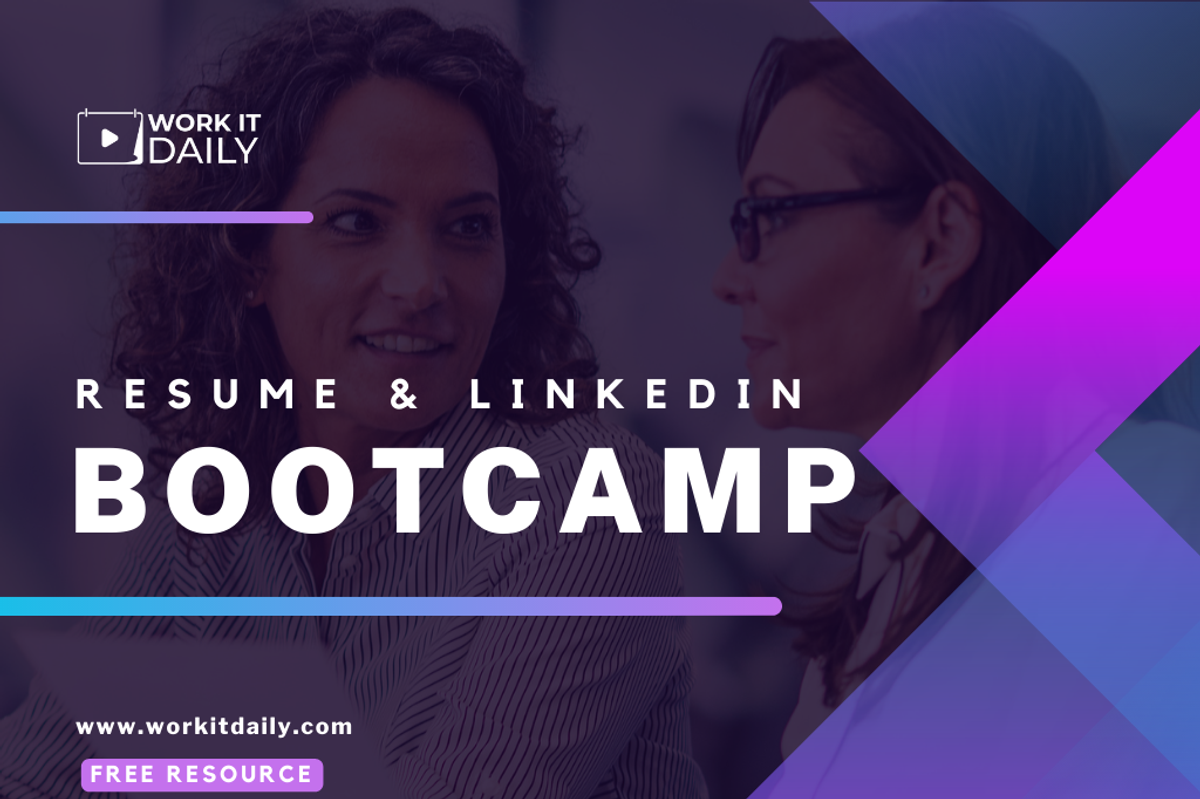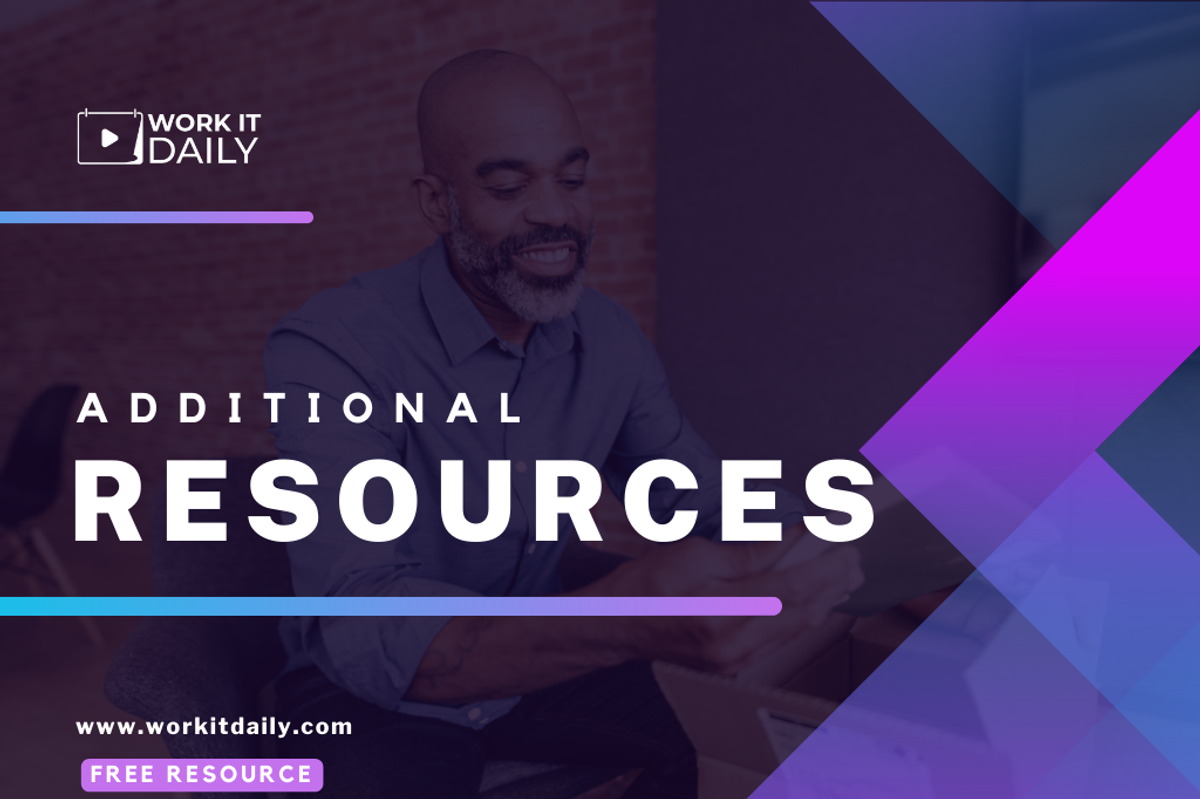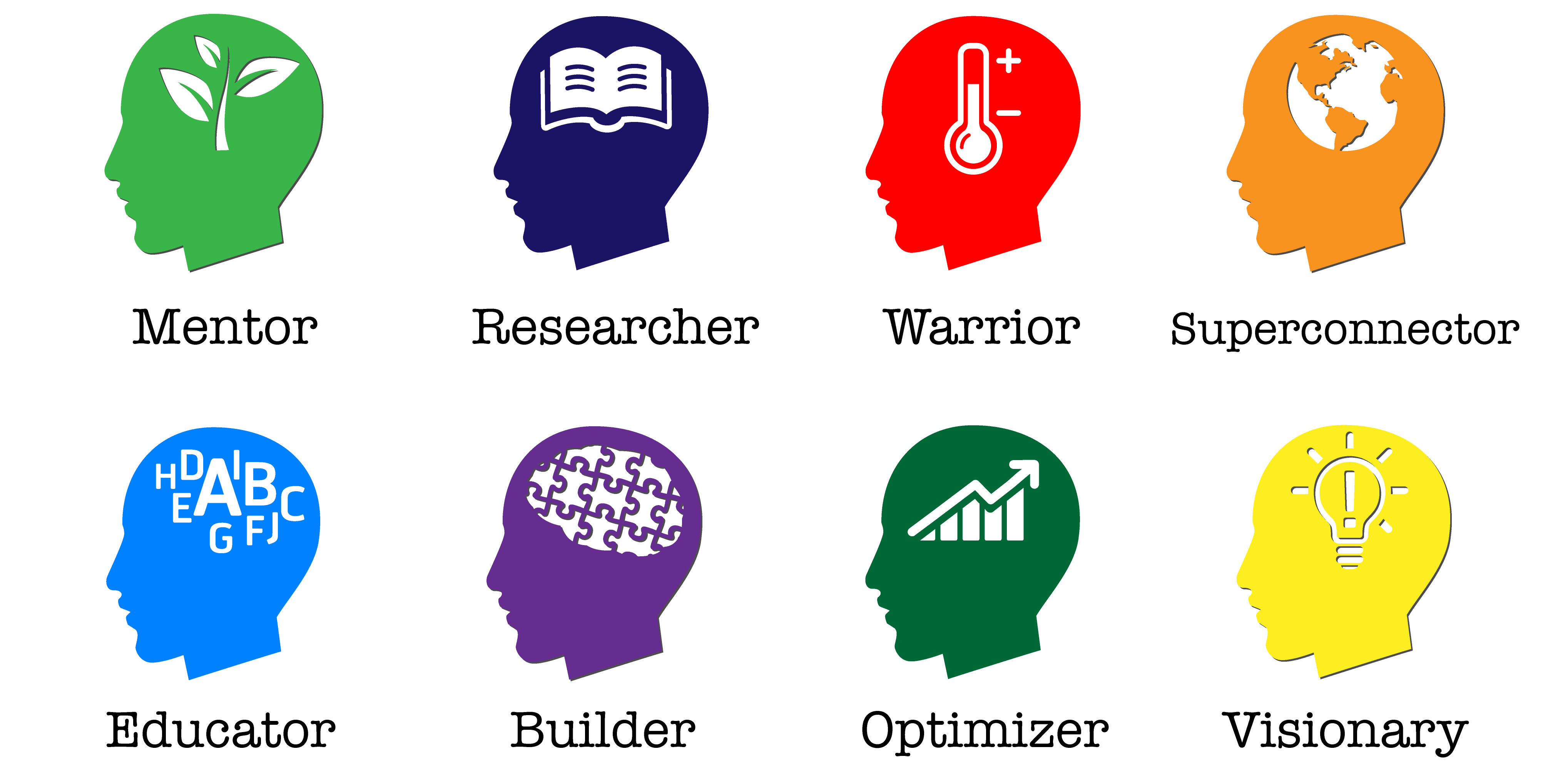
Business etiquette refers to the set of rules and expectations that employees are encouraged to follow in the workplace. It is the standard of behavior a person must uphold in a professional setting. For young and seasoned professionals alike, knowing the correct business etiquette can be difficult, especially when every work environment is different. How can you improve your business etiquette and stand out for your professionalism in any workplace?
We recently asked our leading executives for their best tips on how to improve business etiquette.
Here are their responses…
Michael Willis, Sports Business Operations Executive
Business etiquette is a set of manners accepted or required in a business setting that promotes a mutually respectful atmosphere and improves communication, which helps an office to remain productive and cohesive.
It’s often upheld by custom but should be enforced by the companyâs HR department. HR should set the tone as to what is acceptable and what is not. A written policy should spell out what is good behavior in the office. Also, a mandatory, in-person, seminar-type meeting should focus on office business etiquette.
Improving your business etiquette can have a positive impact on your career.
Remember to use common courtesy and pleasantries such as:
- Use please and thank you.
- Addressing others such as Mr., Mrs., Miss, and Ms.
- Using a pleasant tone.
- Maintaining eye contact.
- Offering a firm and confident handshake.
- Watch your body language.
- Dress for success.
- Keep the conversation on track.
Violators of business etiquette are considered offensive and should be dealt with swiftly. Depending on the severity of the infraction, a punishment or termination of employment will be determined.
Unprofessional conduct could look like this:
- Being under the influence at work.
- Misusing company funds.
- Engaging in sexual harassment.
- Showing a lack of respect for superiors, peers, and subordinates.
- Using foul language.
- Publicly degrading the organization.
- Engaging in divisive gossip.
- Violating confidentiality.
Michael Willis has 18+ years of experience working with accounting & sports organizations and has managed P&Ls of $10M – $125M+ with budgets of $3M-$50M+. He worked for the NFL for 22 1/2 years, mainly with the game officials working on the financial/accounting side of the business.
Ana Smith, Leadership Development & Learning Strategist

In the fast-paced and interconnected global business landscape, executives play a pivotal role in shaping relationships, making critical decisions, and driving success. To thrive in this environment, it is essential that executives exhibit exemplary global business etiquette. Here are a few of the recommendations specifically tailored for executives which, in my experience, help ensure impactful leadership, successful international collaborations, and relationship building.
1. Cultivate Cultural Intelligence: Executives operating at a global level must possess cultural intelligence to navigate diverse markets and work effectively with international teams. In order to achieve this, some of the key considerations are:
- Invest in cross-cultural training: Enroll in programs that provide insights into different cultures, customs, and business practices.
- Embrace diversity in your team: Foster an inclusive work environment that encourages diversity of thought and perspective.
- Develop strong listening skills: Actively listen and seek to understand different cultural viewpoints, adapting your leadership approach accordingly.
2. Communicate with Clarity and Sensitivity: Effective communication lies at the core of successful global business interactions. As an executive, you must prioritize clear and sensitive communication strategies. Consider the following:
- Tailor your message: Adapt your communication style to suit the cultural background of your audience, employing appropriate language and tone.
- Be mindful of non-verbal cues: Understand the impact of non-verbal communication, such as body language and gestures, which may vary across cultures.
- Leverage technology effectively: Utilize communication tools that bridge geographical gaps and ensure smooth virtual interactions with global stakeholders.
3. Lead by Example in Ethical Conduct: Executives must exemplify strong ethical conduct to build trust and credibility in global business relationships. Upholding high ethical standards ensures sustainable success. I share these practices for your consideration:
- Promote a culture of integrity: Embed ethical values within the organizational framework and encourage ethical decision-making at all levels.
- Respect local regulations and laws: Familiarize yourself with the legal and regulatory frameworks of the countries you operate in, adhering to them rigorously.
- Prioritize transparency: Communicate openly, honestly, and transparently with stakeholders, fostering trust and long-term partnerships.
4. Develop Global Networking and Relationship-Building Skills: Networking and relationship-building are crucial for executives to forge strong partnerships and seize international business opportunities. Here’s how you can enhance your networking skills:
- Attend global industry events: Participate in conferences, seminars, and trade shows to connect with key influencers and decision-makers from around the world.
- Cultivate personal connections: Build authentic relationships by demonstrating genuine interest in others’ work and seeking opportunities to collaborate and support one another.
- Leverage digital platforms: Utilize social media and professional networking platforms to expand your global network, engage with thought leaders, and stay updated on industry trends.
Ana Smith helps people & organizations achieve their full talent potential by developing and co-creating people strategies and customized solutions, and turning them into impactful outcomes and collaborative relationships, using coaching as the “red thread.”
Kathryn Marshburn, Artist & Label Partnerships

Improving and establishing your business etiquette can sometimes be tough to understand. Depending on what’s appropriate depends on the company’s culture. Additionally, meeting etiquette rules hold you to a high standard of behaving appropriately and in a way that is also matched by your team and your colleagues.
Maintaining a high standard of professional etiquette in all settings and exuding respect is the essence of amazing leadership. I’ve been known for a very kind, caring, thoughtful style of management that includes a few details when it comes to business interactions. Today I’d like to focus on Zoom etiquette and email etiquette.
Zoom Etiquette
Like many colleagues during the early days of the pandemic, there were huge adjustments happening to life on Zoom. Now working fully remote with much time behind us, you can now see there are a few things that we learned that will help us establish exceptional executive etiquette:
1. Keep your video on most of the time. It’s really nice to see everybody when you’re speaking as a team. That helps you to connect and it feels very collaborative. If other people are giving presentations or webinars, it’s definitely acceptable to turn off your camera, but otherwise try your very best to look nice and presentable and turn the camera on with the mic off.
2. Be on time. Especially if you are the host, try to get there early as no one else can get started until the host is in place.
3. When in doubt, mute. If you’d like to be a polite Zoomer, try to get used to the mute button. It’s easy to mute yourself when you attend the meeting as a guest. It’s just simply an amazing professional courtesy.
4. Find the camera. Best practices of effective face-to-face communication still apply on Zoom. For example, eye contact. Even though it’s virtual, it’s still an effective way to create a feeling of connection. The camera can be located by looking for a small green light at the top of your laptop or your monitor. Remind yourself to look at the green light and not at the pictures on the screen.
5. Prepare your setting. I am a fan of ring lights and proper lighting as it enhances your overall presentation. Most meetings are recorded and it’s a good idea to invest in great lighting.
Email Etiquette
It’s important for business or personal use to properly initiate a few simple tips to ensure effective and appropriate communication through email, as not all corporate cultures are the same.
I’ve had the opportunity to work for many modern companies such as EA, Spotify, and others, which each address their business culture differently. From explaining the tone and code of music industry communication styles when dealing with labels, artist teams, or third-party platforms to the usage of certain colors of font and style for types of written text. I’ve seen style guides for internal usage and company training slides for creative responses to the use of emojis and conservative formal environments that require a basic professional written style.
Here are a few tips for email professionalism:
1. Company Style & Culture: With a little bit of digging, you should be able to locate your company’s style guide and/or inner office communication standards. They should outline the formality for which your corporation chooses to execute email communications. This can range from companies that prefer for you to use emojis in the text of the email, to casual use of speaking styles, to making sure that all communication is in one specific font with no variations. Some companies can demand a more strict formality to emails and more formal greetings/closings, etc. You can quickly see how important it is to understand your company’s culture and how they prefer to communicate. It’s always a good idea to look at previous emails or department emails to see the flow and style of language used for each team.
2. Forwarding Emails: This should be handled with great care and caution. Asking the permission of the sender if you may forward the email is an amazing example of great business etiquette. Posting or forwarding private emails can be a copyright infringement, not to mention downright rude, so you do need to gain permission from the author first. When you are sending emails that may contain emotional content, be careful what is put in writing as sometimes picking up the phone or setting up a Zoom call is a much better option. A good rule of thumb, although somewhat formal, is to remember that emails can always end up in court. So while you’re typing them, keep in mind whatever you put in writing could end up in front of a judge. Think of your business email as though it was your business letterhead and you’ll never go wrong.
3. Emotionally Charged Emails or Responses: Consider typing up your response and saving it as a draft and reviewing it the next day before you send it. It is never a good idea to appear emotional in emails, and while some soft openings such as “Hiya,” “Helloooo,” or “Hey” may be ok for casual cultures, it may not be ok for others. When responding to controversial emails, stay conservative and professional.
And finally, type unto others as you would have them type unto you!
Hope these tips are helpful and improve your professional etiquette!
Kathryn Marshburn has spent 12+ years in the music and gaming industries guiding teams on identifying targeted goals with an agile approach resulting in driving revenue and reducing risk.
Lisa Perry, Global Marketing Executive

In today’s competitive business landscape, mastering proper business etiquette is essential for establishing strong professional relationships, fostering a positive corporate image, and achieving long-term success. Every interaction contributes to your professional presence, from effective communication to respectful conduct. Letâs look at some practical tips and strategies to enhance your business etiquette and ensure you leave a lasting impression in the corporate world.
Cultivate Active Listening Skills: One of the fundamental aspects of business etiquette is active listening. Practice attentive listening by maintaining eye contact, nodding to show engagement, and refraining from interrupting others. Truly hearing and understanding others’ perspectives fosters effective communication, promotes collaborative problem-solving, and demonstrates respect. You can build stronger relationships and foster a positive work environment by giving your undivided attention to colleagues, clients, and business partners.
Respect Personal and Cultural Differences: In today’s diverse workplaces, it is crucial to be mindful of personal and cultural differences. Treat everyone respectfully and sensitively, regardless of background, beliefs, or values. Avoid making assumptions or judgments based on stereotypes. Familiarize yourself with cultural norms and practices, especially when conducting business internationally. By embracing diversity and practicing inclusivity, you create an environment that values and respects everyone’s contributions, fostering creativity and collaboration.
Master Effective Communication: Clear and concise communication is vital for success in any professional setting. Pay attention to your verbal and written communication skills, ensuring your messages are articulate, professional, and easily understood. Tailor your communication style to suit the audience and the medium used: face-to-face conversations, email, or presentations. Practice professional email etiquette by using proper salutations, maintaining a polite tone, and proofreading for grammar and spelling errors. Effective communication helps avoid misunderstandings, builds credibility, and strengthens professional relationships.
Practice Professionalism in Appearance and Behavior: Your appearance and behavior play a significant role in projecting professionalism. Dress appropriately for your industry and work environment, reflecting the desired level of formality. Maintain proper hygiene and grooming standards, ensuring a clean and polished appearance. Be punctual for meetings and appointments, and respect others’ time by honoring deadlines. Maintain a positive attitude, remain calm under pressure, and handle conflicts gracefully and professionally. By consistently embodying professionalism, you inspire confidence in others and enhance your reputation.
Show Appreciation and Gratitude: Expressing gratitude and appreciation is a hallmark of excellent business etiquette. Acknowledge and recognize the contributions of colleagues, subordinates, and business partners. Offer sincere compliments, send thank-you notes, or express gratitude in person for their efforts and achievements. Celebrate milestones and successes as a team, fostering a positive and motivated work environment. Demonstrating gratitude strengthens professional relationships and fosters a culture of appreciation.
Improving business etiquette is a continuous journey that can significantly enhance your professional presence and contribute to your success.
Lisa Perry helps companies build leadership brands, driving loyal customers & delivering profitability. She does this through a process that builds brands consumers love. Her goal is to help companies develop, monetize, and grow their brands.
What are your best tips for improving business etiquette? Join the conversation inside Work It Daily’s Executive Program.





















































